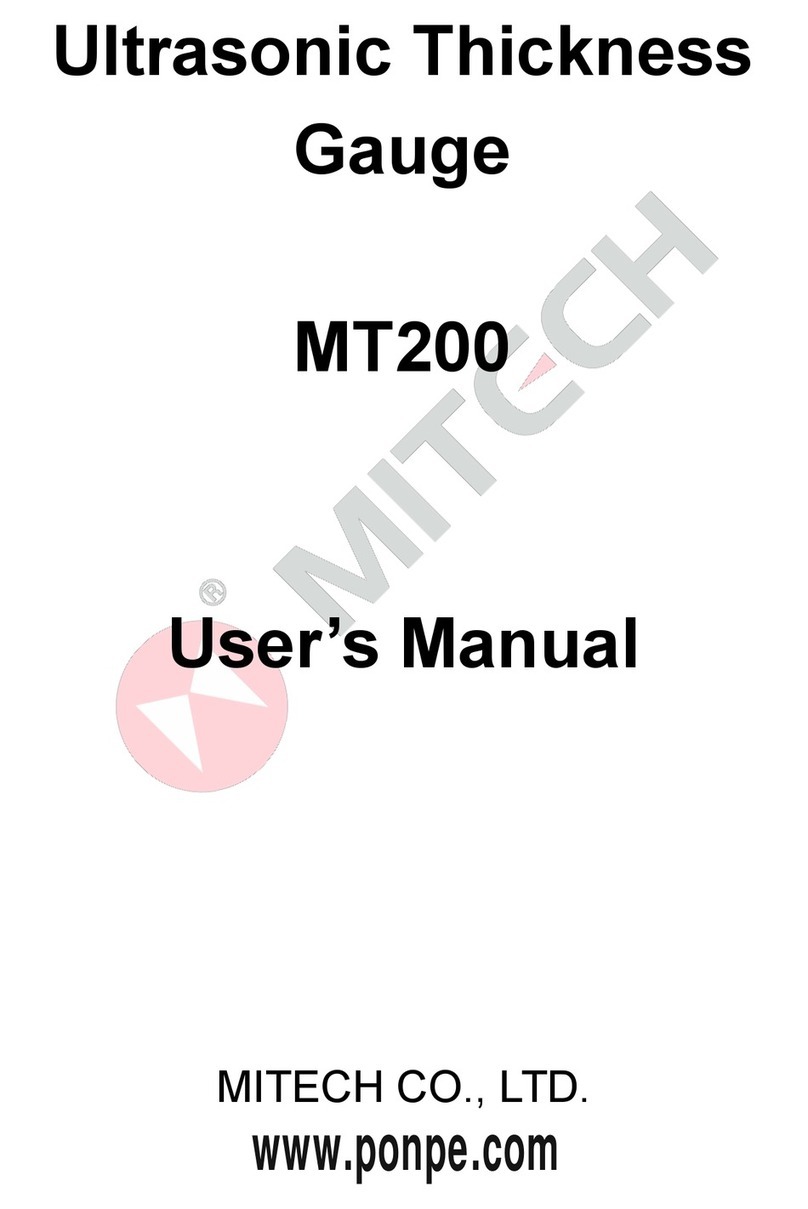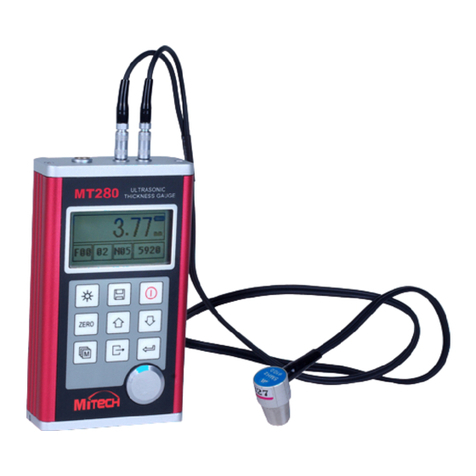
CONTENTS
1 Overview............................................................................................................................................................. 3
1.1 Product Specifications.............................................................................................................................3
1.2 Main Functions......................................................................................................................................... 4
1.3 Measuring Principle................................................................................................................................. 4
1.4 Configuration.............................................................................................................................................4
1.5 Operating Conditions...............................................................................................................................5
2 Structure Feature............................................................................................................................................. 5
2.1 Main Screen.............................................................................................................................................. 5
2.2 Keypad Definitions...................................................................................................................................6
3 Preparation........................................................................................................................................................ 6
3.1 Transducer Selection...............................................................................................................................6
3.2 Condition and Preparation of Surfaces................................................................................................ 8
4 Operation............................................................................................................................................................8
4.1 Power On/Off............................................................................................................................................ 8
4.2 Probe Zero................................................................................................................................................ 8
4.3 Sound Velocity Calibration..................................................................................................................... 9
4.4 Making Measurements..........................................................................................................................10
4.5 Scan mode.............................................................................................................................................. 11
4.6 Changing Resolution............................................................................................................................. 11
4.7 Changing Units....................................................................................................................................... 11
4.8 Memory Management........................................................................................................................... 12
4.9 Data Printing........................................................................................................................................... 12
4.10 Beep Mode........................................................................................................................................... 13
4.11 EL Backlight.......................................................................................................................................... 13
4.12 Battery Information.............................................................................................................................. 13
4.13 Auto Power Off..................................................................................................................................... 13
4.14 System Reset....................................................................................................................................... 13
4.15 Connecting to a Computer................................................................................................................. 13
5 Servicing.......................................................................................................................................................... 13
6 Transport and Storage..................................................................................................................................13
Appendix A Sound Velocities........................................................................................................................ 14
Appendix B Applications Notes.................................................................................................................... 14
User Notes...........................................................................................................................................................17
































